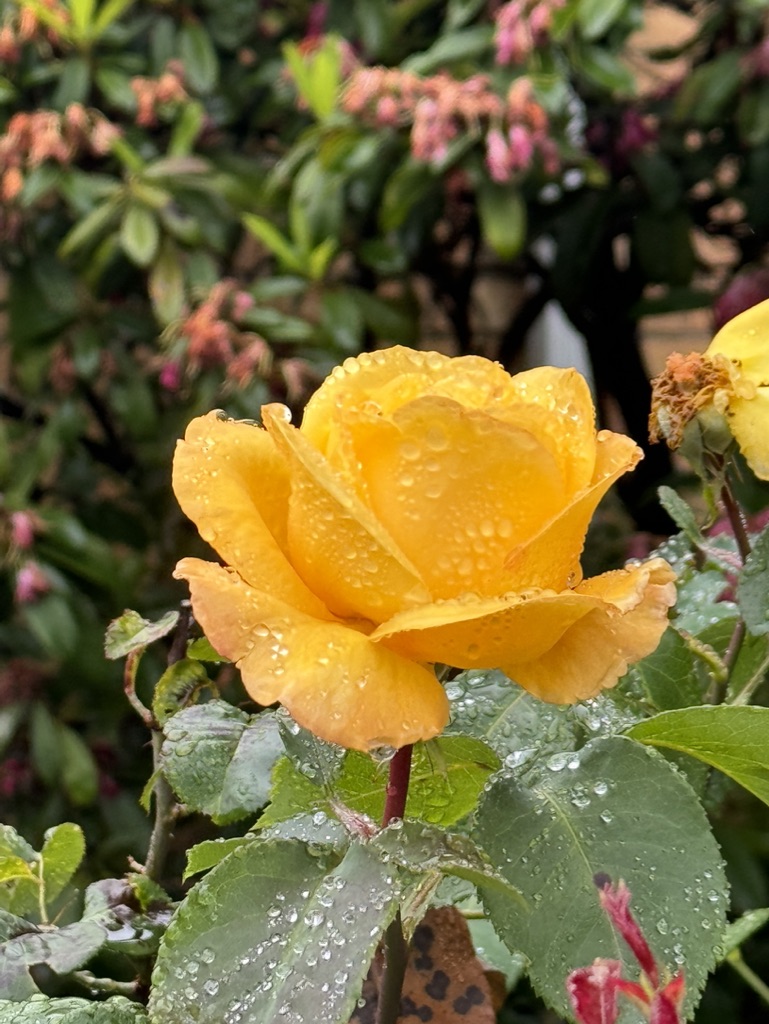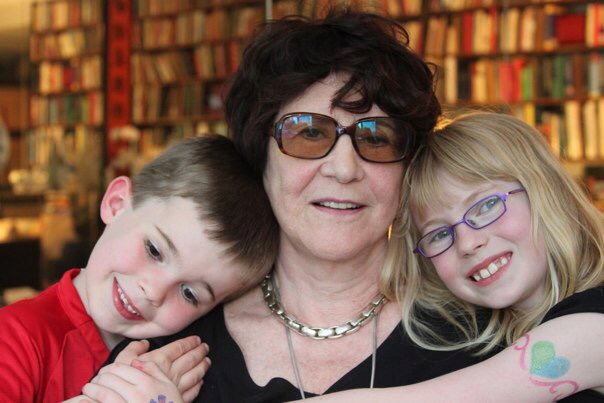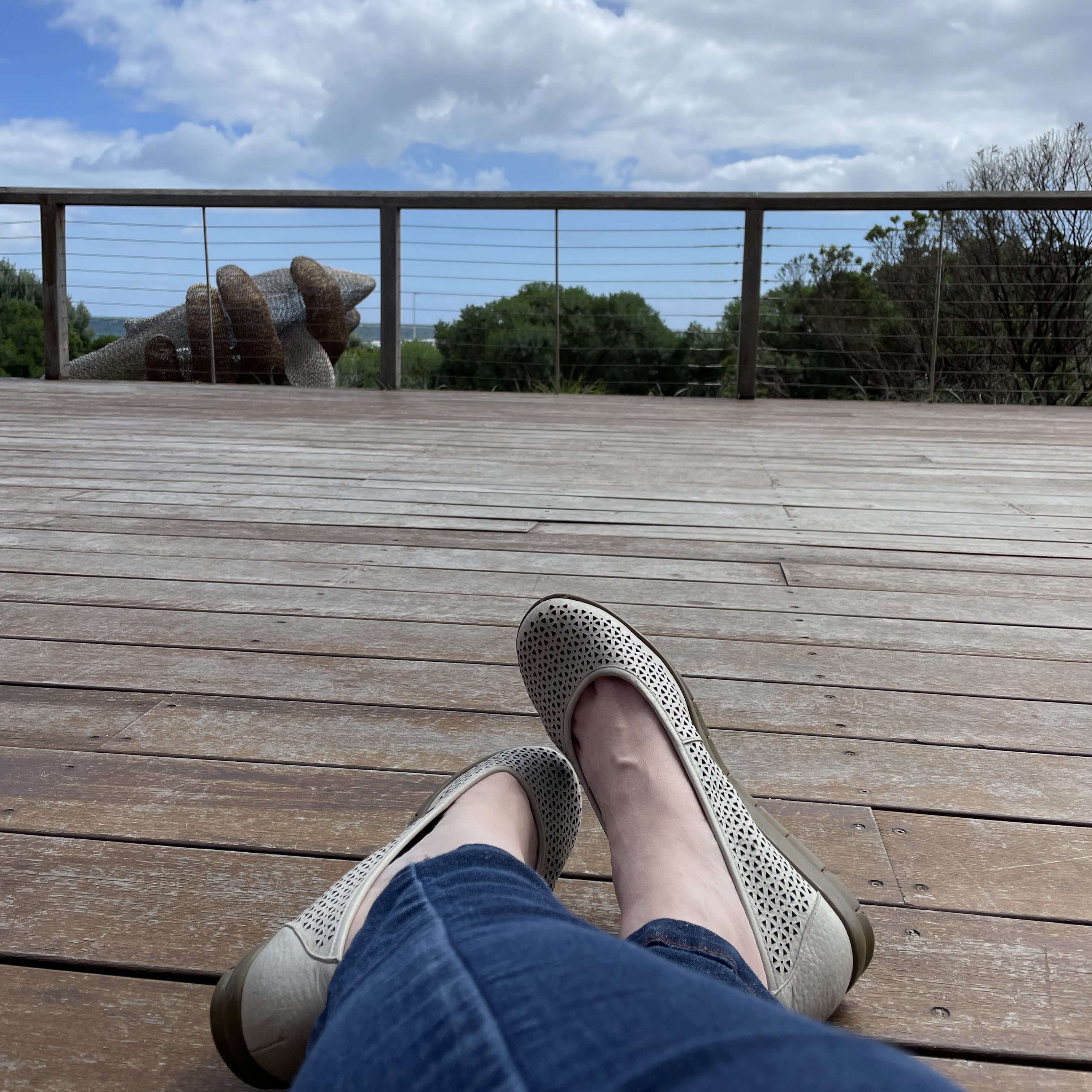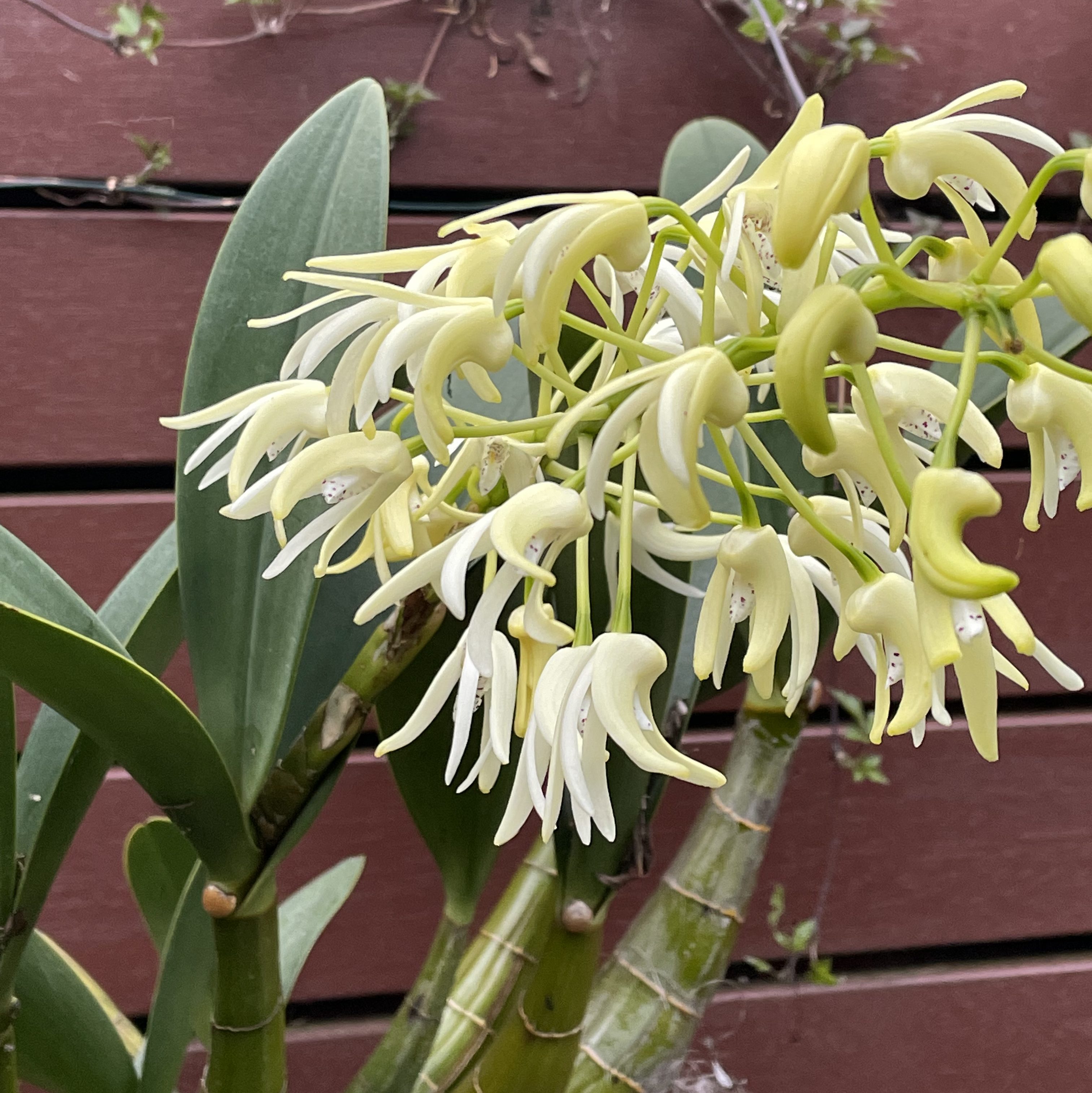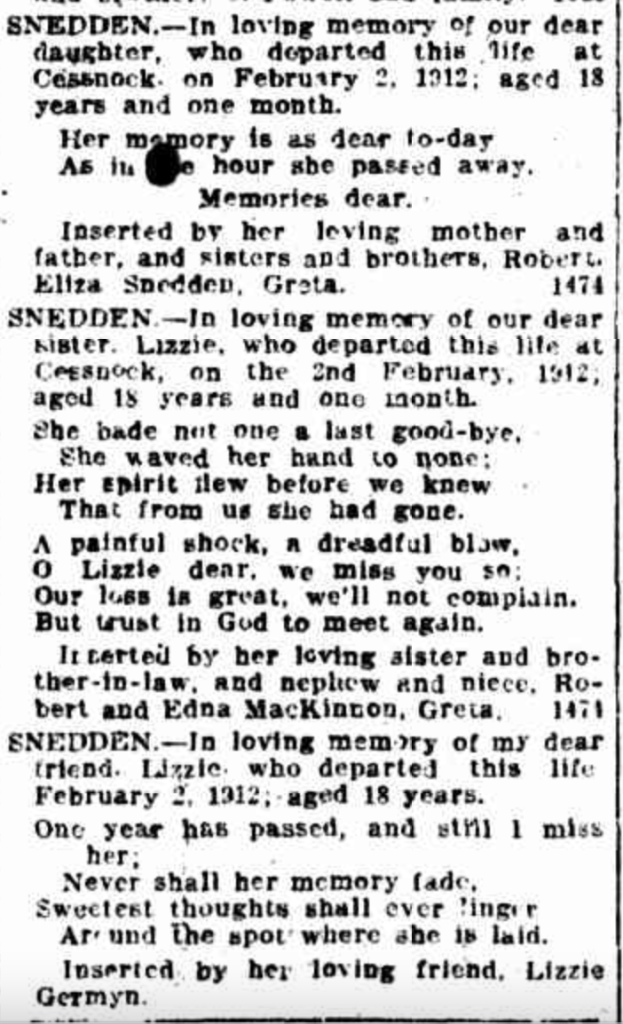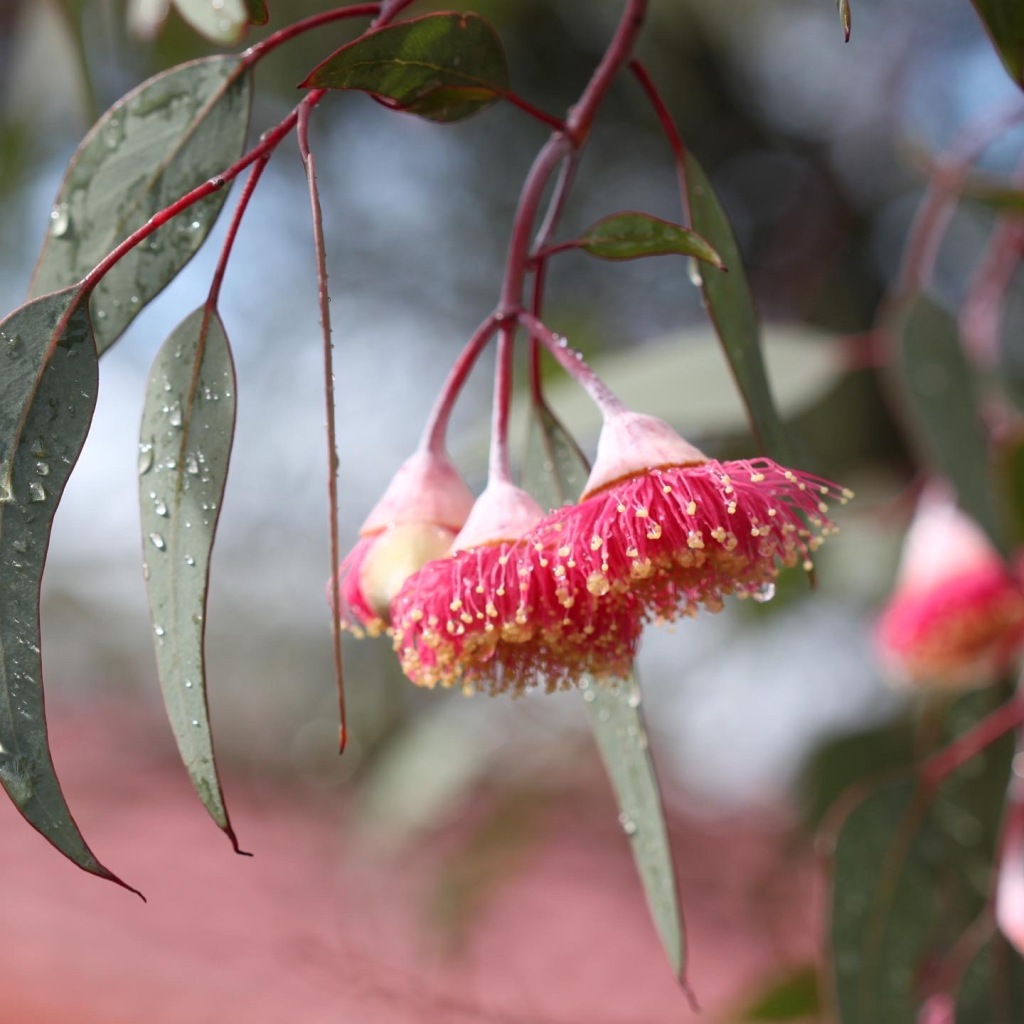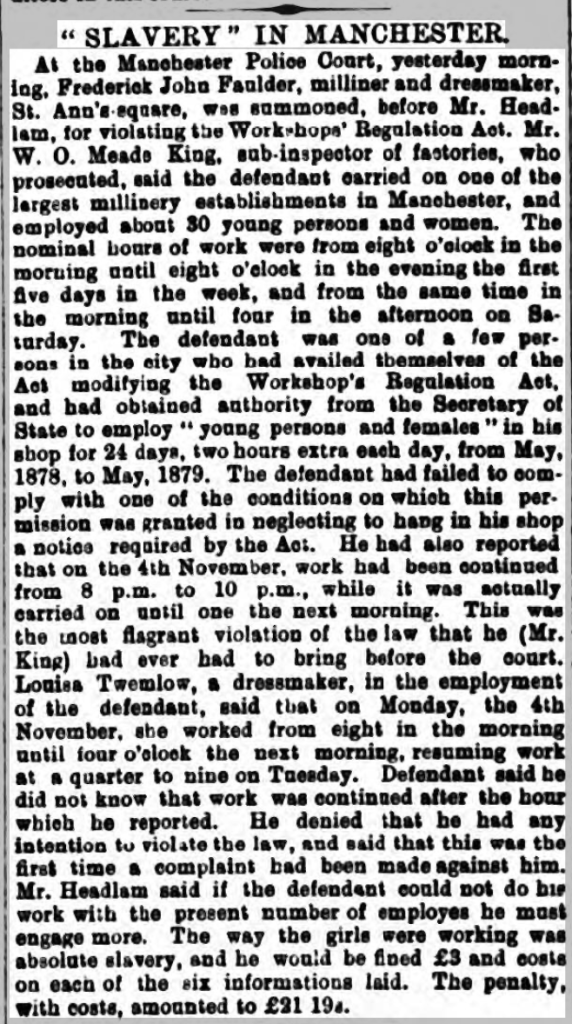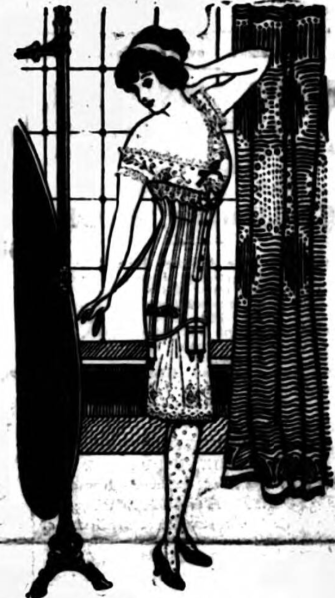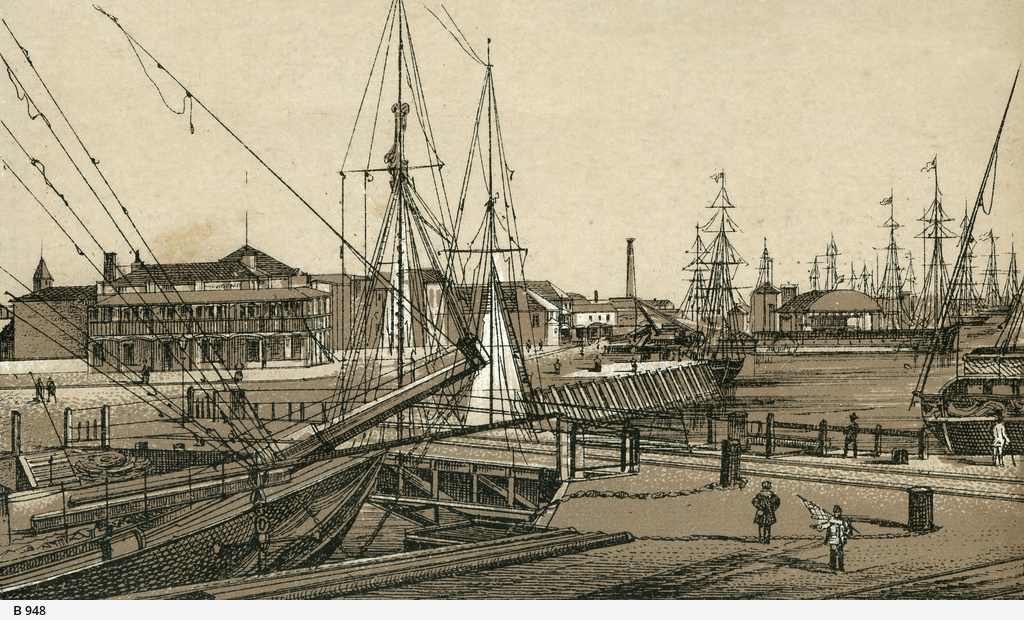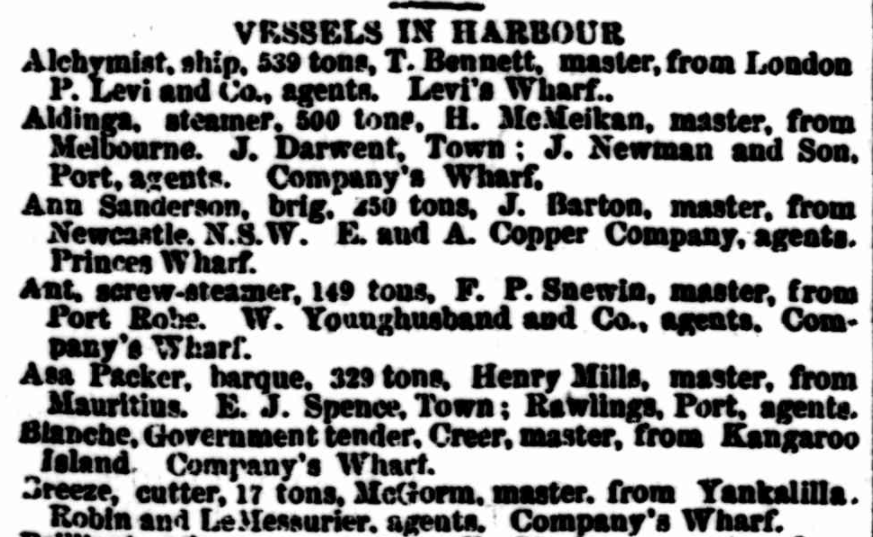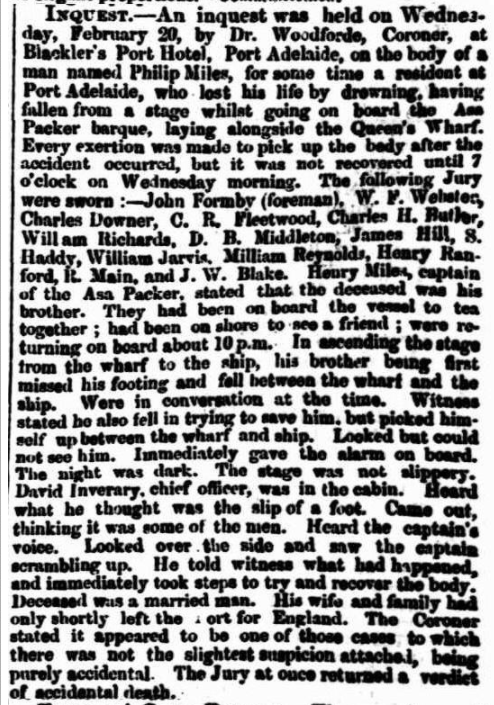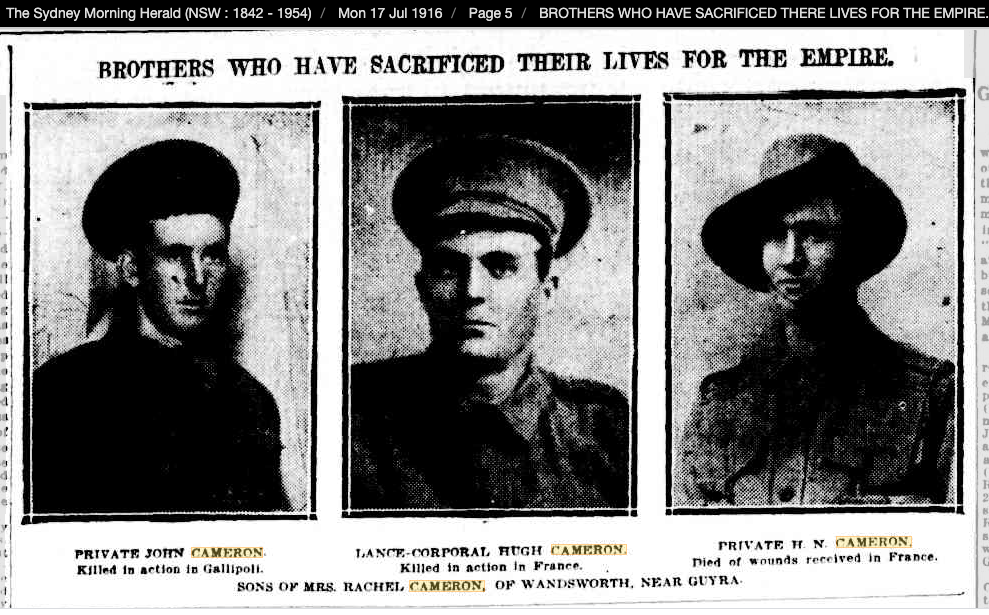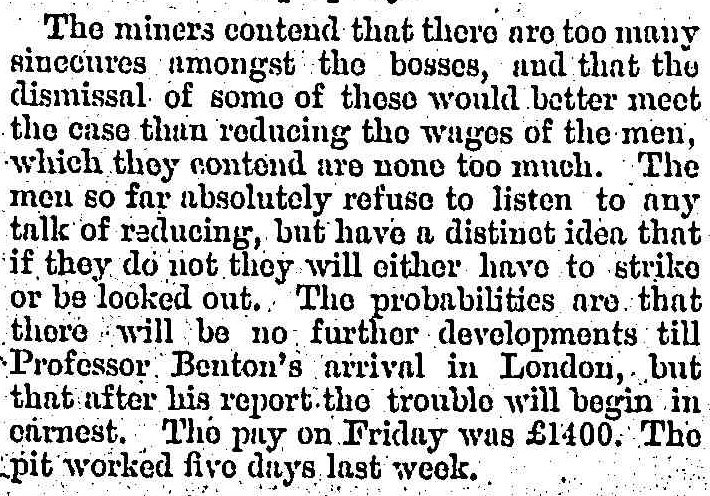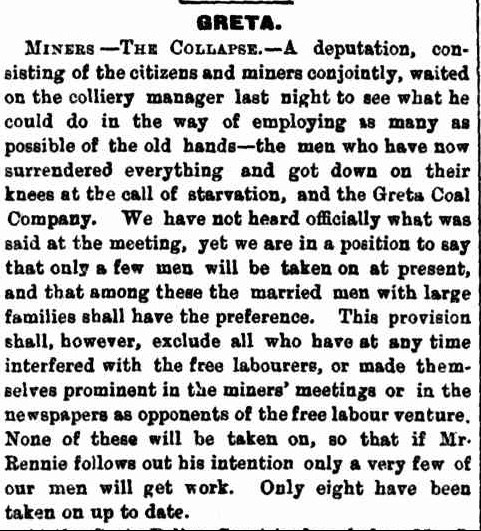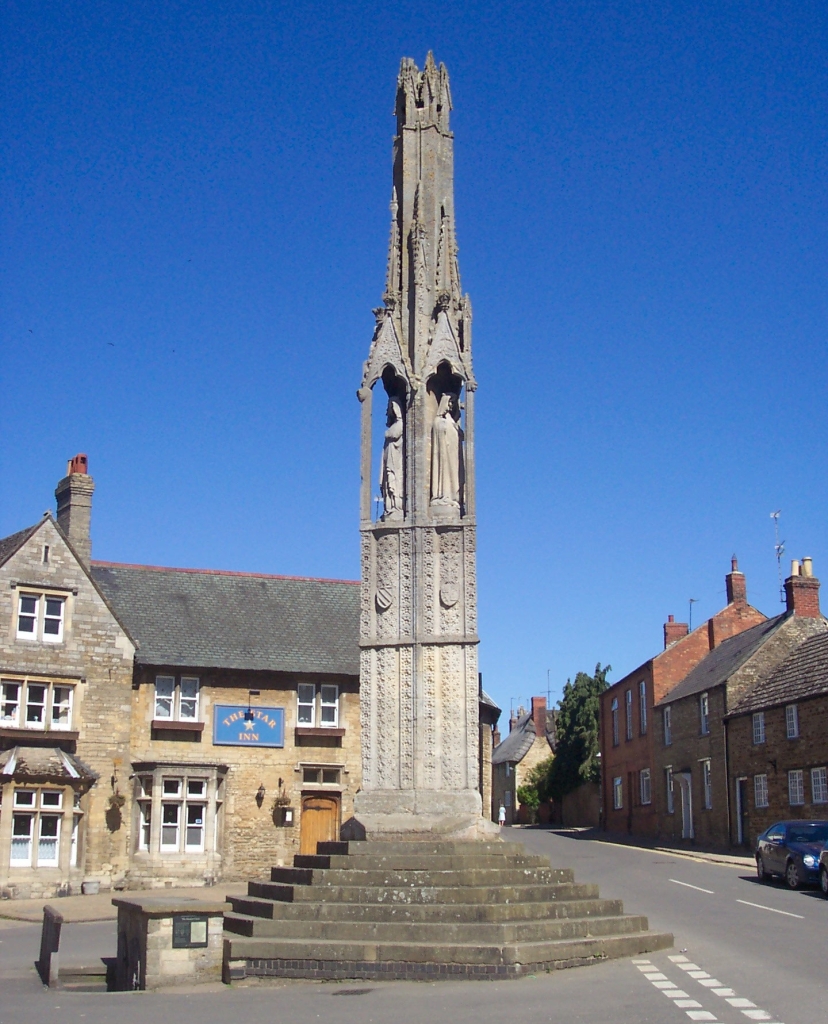New Years Day tends to be a time of reflection and introspection for many, including myself. It’s a day when I find myself sitting on the couch, and delving into the world of Trove. As I start scrolling through the vast archives, my mind is filled with some of the most perplexing genealogical questions. It’s fascinating how these questions can lead me down various rabbit holes, uncovering unexpected stories and connections along the way. Interestingly, I’ve noticed that while I may not always find the exact answers I set out to solve, I always stumble upon something intriguing and thought-provoking that inspires me to write. It’s like embarking on a journey of exploration, where each twist and turn reveals a new nugget of history waiting to be unearthed and shared with the world. So, armed with my curiosity and a digital time machine at my fingertips, I navigate through the virtual corridors of Trove, eager to discover the next untold tale that will ignite my passion for storytelling.
(Full disclosure – AI helped me that last paragraph … definitely my sentiments but with far more words).
Today I found myself caught once again in the story of Henry George Scarlett and Catherine Claffey. I was trying to find information on the Scarlett’s in Greta (more specifically my great uncle Leo) and found myself rereading a letter in the Western Mail between Aunt Mary and Phoebe Scarlett.
“Aunt Mary” was the pseudonym of Muriel Chase – a journalist with the Australian Western Mail Newspaper who created the Silver Chain Nursing League. The purpose of the Silver Chain was to make links of service to help poorer children in Western Australia. On 25 Dec 1904, Aunt Mary hinted the following:
“Now, that is what I should love to think would happen – that all our little correspondence had not been wasted, but was of some real use to you in your future lives. So. during the next year, we must all try to come closer together, and towards that end I am going to commence a little union of nephews and nieces, but I must wait another month or two before I can tell you about it.” https://trove.nla.gov.au/newspaper/article/37805803
In the 1905, June 3 issue, Aunt Mary described the “new league” and the name – “The Silver Chain – it is called silver because our little offering in tho cause of charity is to be a silver one, and it is called a chain, because a chain is composed of any number of links, and you are all to be silver links in this chain of charity, that I hope is going to grow so long that it will wind not only round Western Australia, but far beyond it.” The monies collected went towards buying gifts at Christmas for sick and poor children.
Phoebe Scarlett’s first letter to Aunt Mary was published in the Western Mail on 11 Mar 1905. Phoebe was living at the Mt Desmond Hotel and she describes her life …
” This is the first time I have written to you, and I would like to be one of your nieces. We live seven miles from Ravensthorpe. I do not go to school as it is too far to walk. I have two sisters and two brothers, their names are Katie, Lilly, Sam and Willie, my little brother Willie is five years old. My mother has two dear little canaries and they whistle all day long, we have had them four years. Lilly has a pretty parrot and I have a little kitten and it is very playful. This is a very lonely place to live at, but we see plenty of donkeys pass here each day, they cart coke to the smelter. The last school I went to was at Kirrup, and the teachers name was Mr Milligan, he was a nice teacher, I was sorry when I left it. I don’t think I will ever go to school anymore. There are some very pretty flowers when the season is in. We are having very dry weather here lately. I like reading the “Children’s Corner” very much. We get the “Western Mail”. I went to the show held at Donnybrook last year, and I got a prize for sewing, and I also won a box of notepaper, it is very pretty. I have been here about four months. I will bring my letter to a close, I am twelve years and four months – I remain your loving niece, Phoebe Scarlett.” https://trove.nla.gov.au/newspaper/article/37384668?browse=ndp%3Abrowse%2Ftitle%2FW%2Ftitle%2F101%2F1905%2F03%2F11%2Fpage%2F3570208%2Farticle%2F37384668
In May 1905, Henry announced his intention to apply for a Publican’s General Licence at Business Area No 80, Mount Desmond. The premises contained tow sitting rooms and four bedrooms in addition to the rooms that would be occupied by the family. The premises were owned by Edward Barnett and Co. (https://trove.nla.gov.au/newspaper/article/259548895). It is interesting to note that Henry, who is noted in every other source I have located as a miner, describes himself here as a hotel keeper – I suspect that it is Catherine who is the hotel keeper.
On June 17th 1905 (published 1 July), Phoebe sent Aunt Mary a letter asking to be part of the Silver Chain League and explaining that she would not be able to encourage other children to join as “there are no children about.”
In March 1906, Phoebe wrote to Aunt Mary letting her know that “Willie and I had a ride on a camel since I wrote to you last. They are high animals. Willie was frightened when he was on its back, and he was glad when he got off. There is an emu here , and it is always about our place feeding; it is getting quite tame.“
In Aug 1907, Willie writes to Aunt Mary letting her know he is going to school. “I stay in town at Mrs Wright’s, and I come home every Friday evening and go back Sunday afternoon. I have been going to school for eight weeks , and I am in the second infants class.” He goes on to note that a “nephew” of Aunt Mary’s is Cyril Sharp who he knew from when he lived at Donnybrook (I suspect that this is Phoebe writing for Willie as Willie notes that Cyril seems to be doing well in school.) Willie also tells Aunt Mary, “I go to the football match every Sunday; it is a very exciting game to watch.”
In September 1907, Henry applies for a gold mining licence with David Sutherland for 20 acres at Kundip, Western Australia. https://trove.nla.gov.au/newspaper/article/259953642
William writes again in 1909 and then in 1913, he writes to tell Aunt Mary that “We are having very bad hot weather here. Fever and dysentery are going about in Ravensthorpe. Three children have died. Phoebe got married on the 14th, and they drove to the church in a motor car that came from Perth. We all had a fine time. Her name is Mrs Jago now. It was the first motor that some of the children had a ride in. After he drove them back from the church he gave them all a ride up the street. Once he had 17n on and broke the car, but it was easily fixed again.”
In the Perth Prattle (Sunday Times, 2 March 1913), Phoebe’s wedding to Herbert Jago was described in detail including the fact that her mother, Catherine walked her down the aisle. By 1913, Henry had left Mt Desmond and was no longer living with the family. It is likely that Henry had not been in Desmond since 1908 as in May 1908, Catherine was making an application to be granted the licence of the Mount Desmond Hotel - the licence had already been transferred to her from Henry who was possibly located in Cloncurry, QLD (https://trove.nla.gov.au/newspaper/page/28985294). There is evidence in the electoral roles of a Henry Scarlett in Cloncurry from 1908 to 1919.
It seems like there’s still a lot more to learn about Henry Scarlett. But what really caught my attention are the letters from Phoebe and William to Aunt Mary. They really give us a glimpse into the lives of the young people Aunt Mary brought together. It’s like a treasure trove of insight into their lives, thanks to those letters. And all of this adds to the legacy of the League Aunt Mary started.
(Yes … AI finessed the last paragraph as well).

